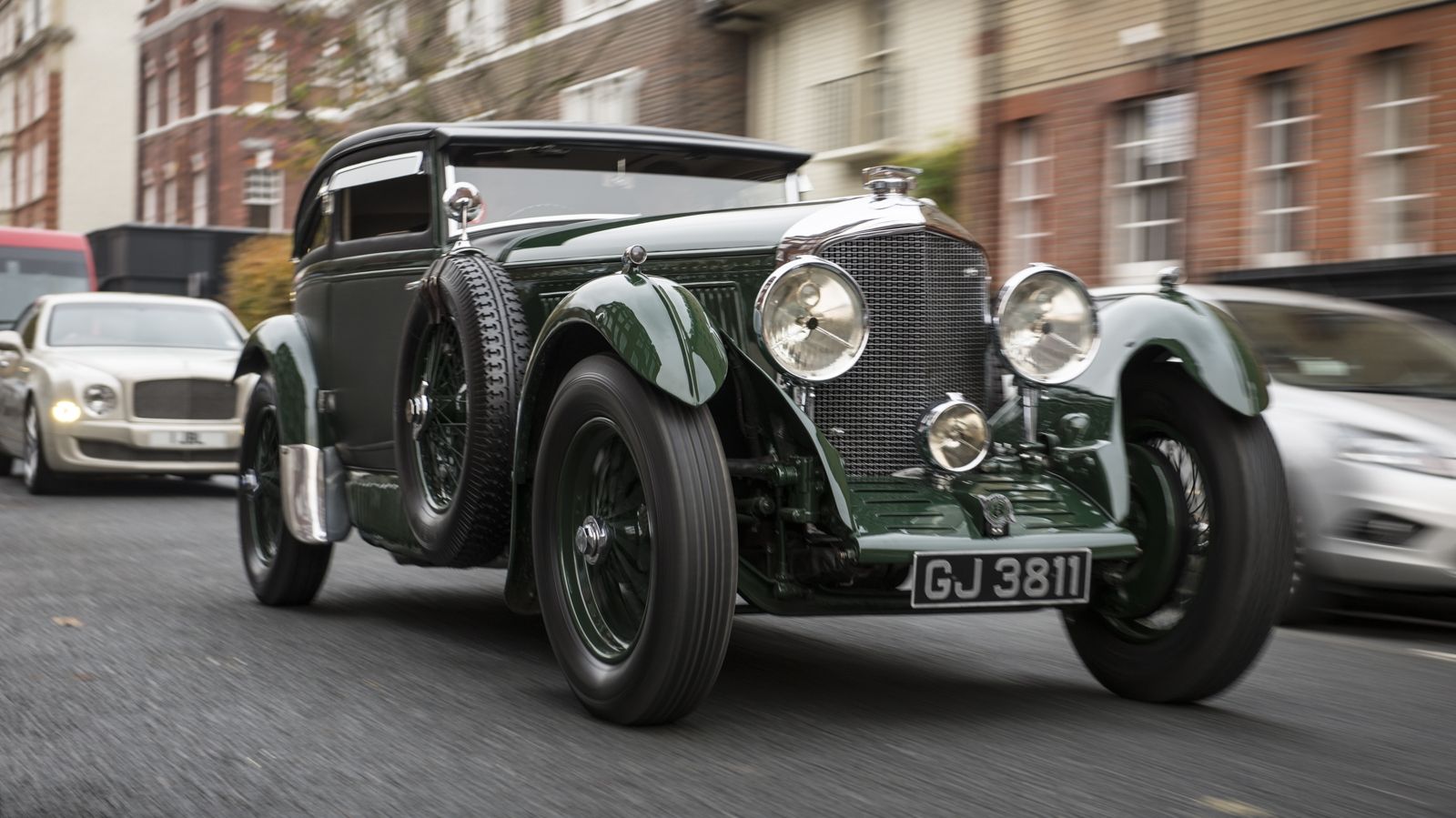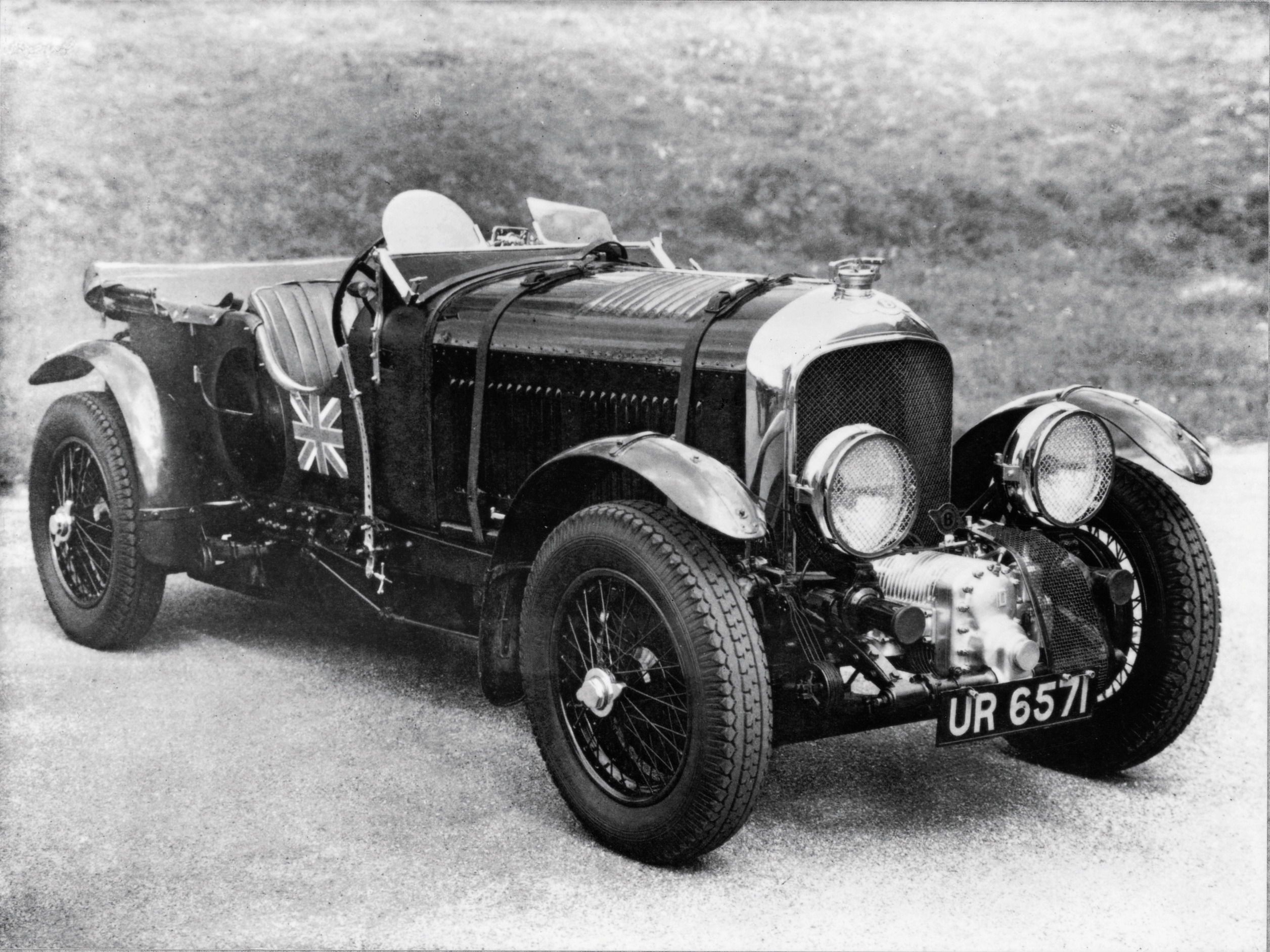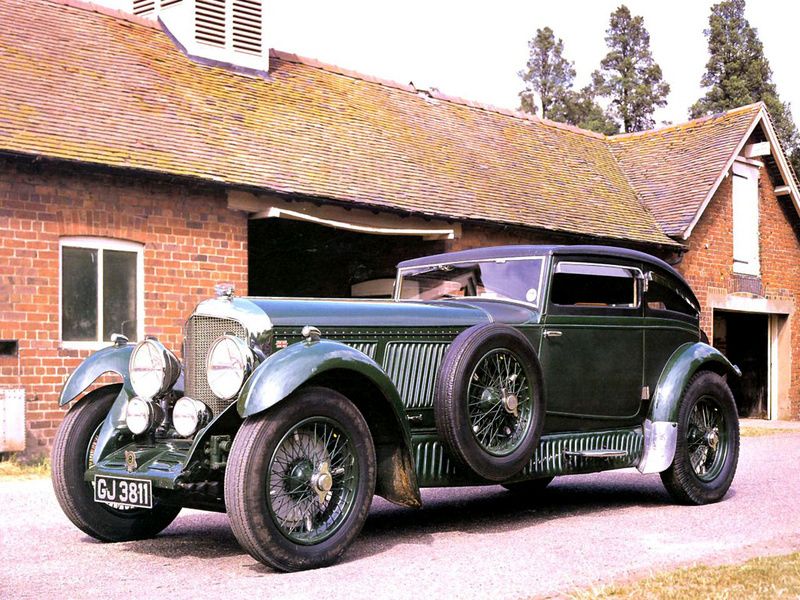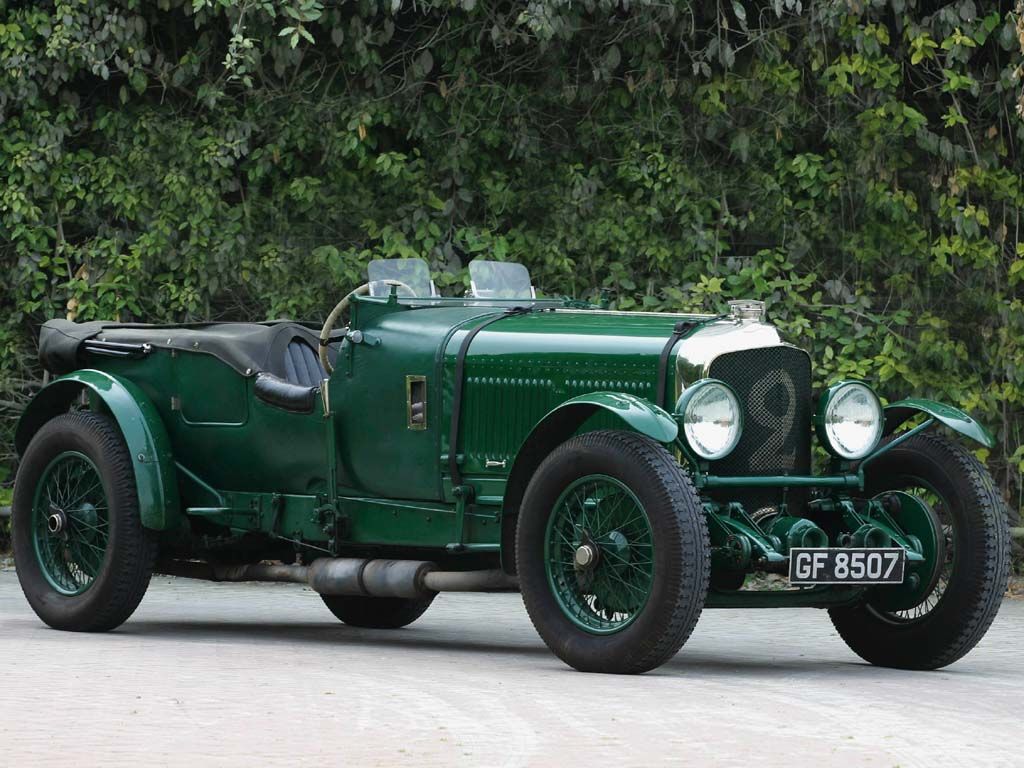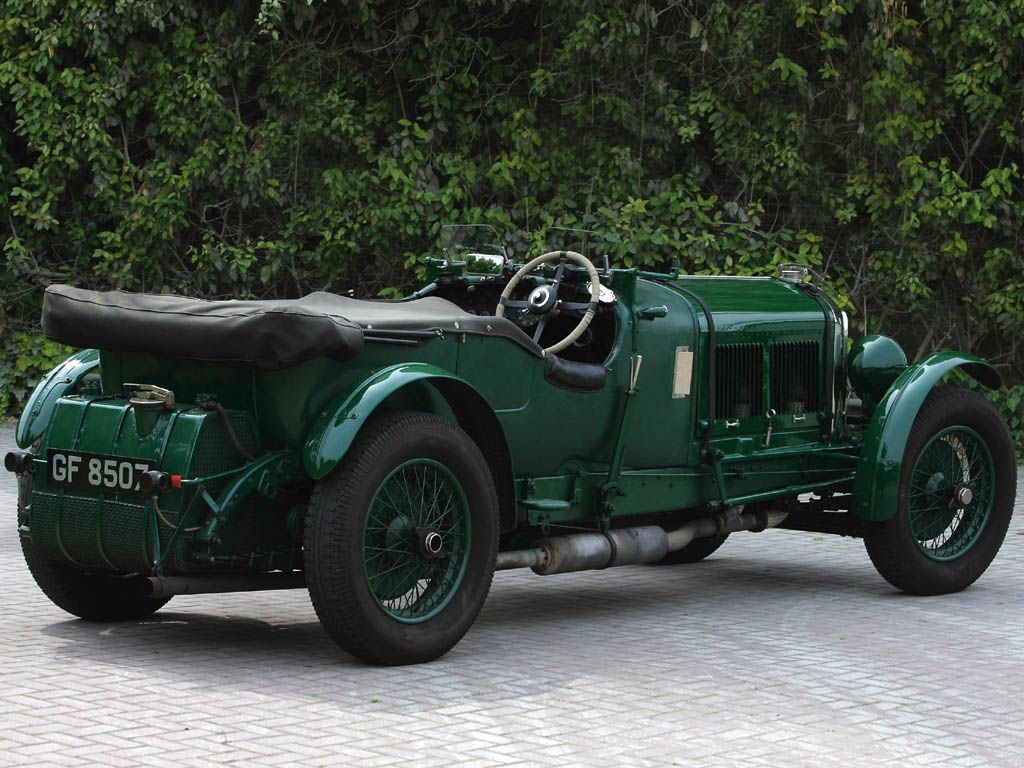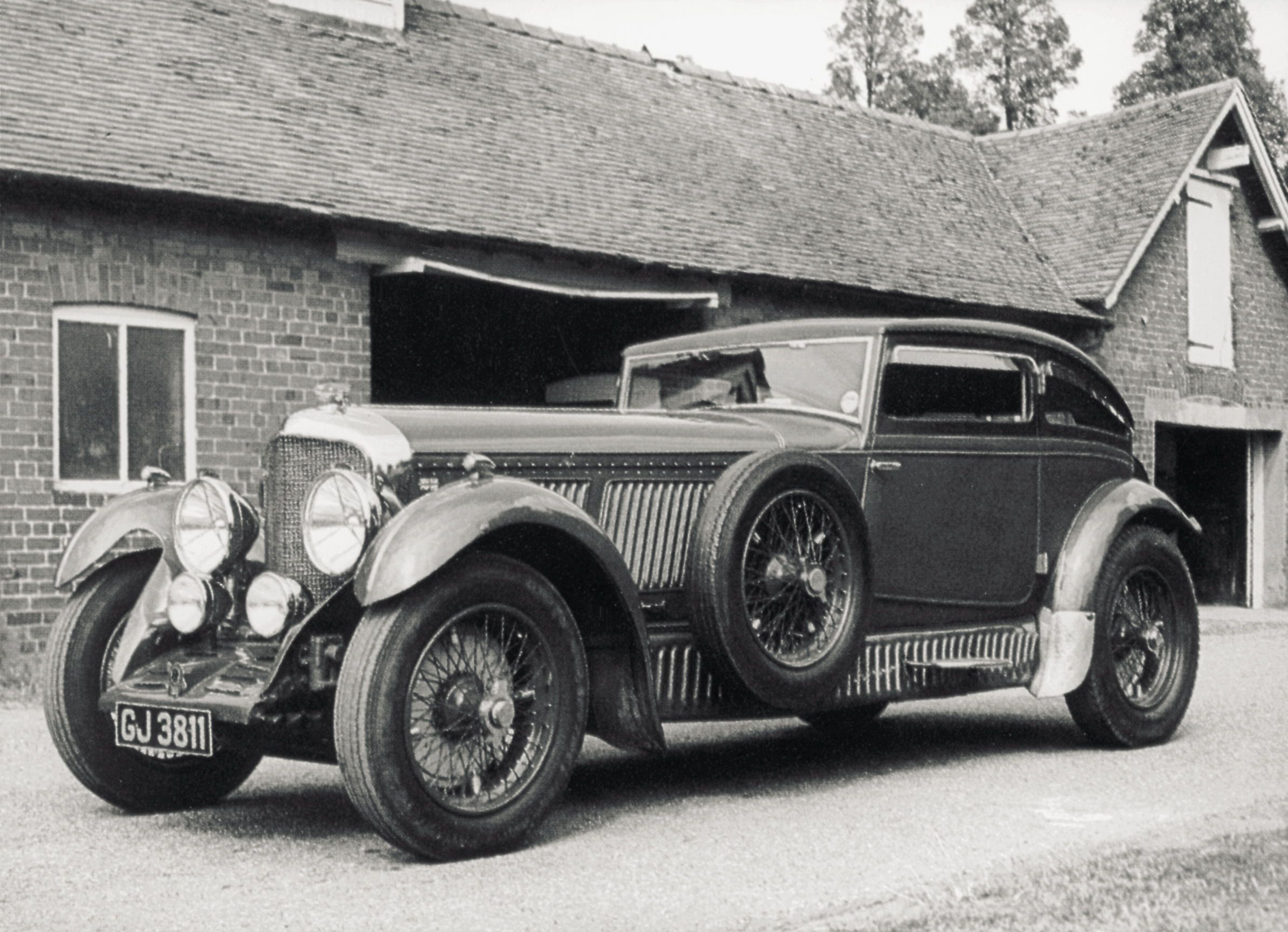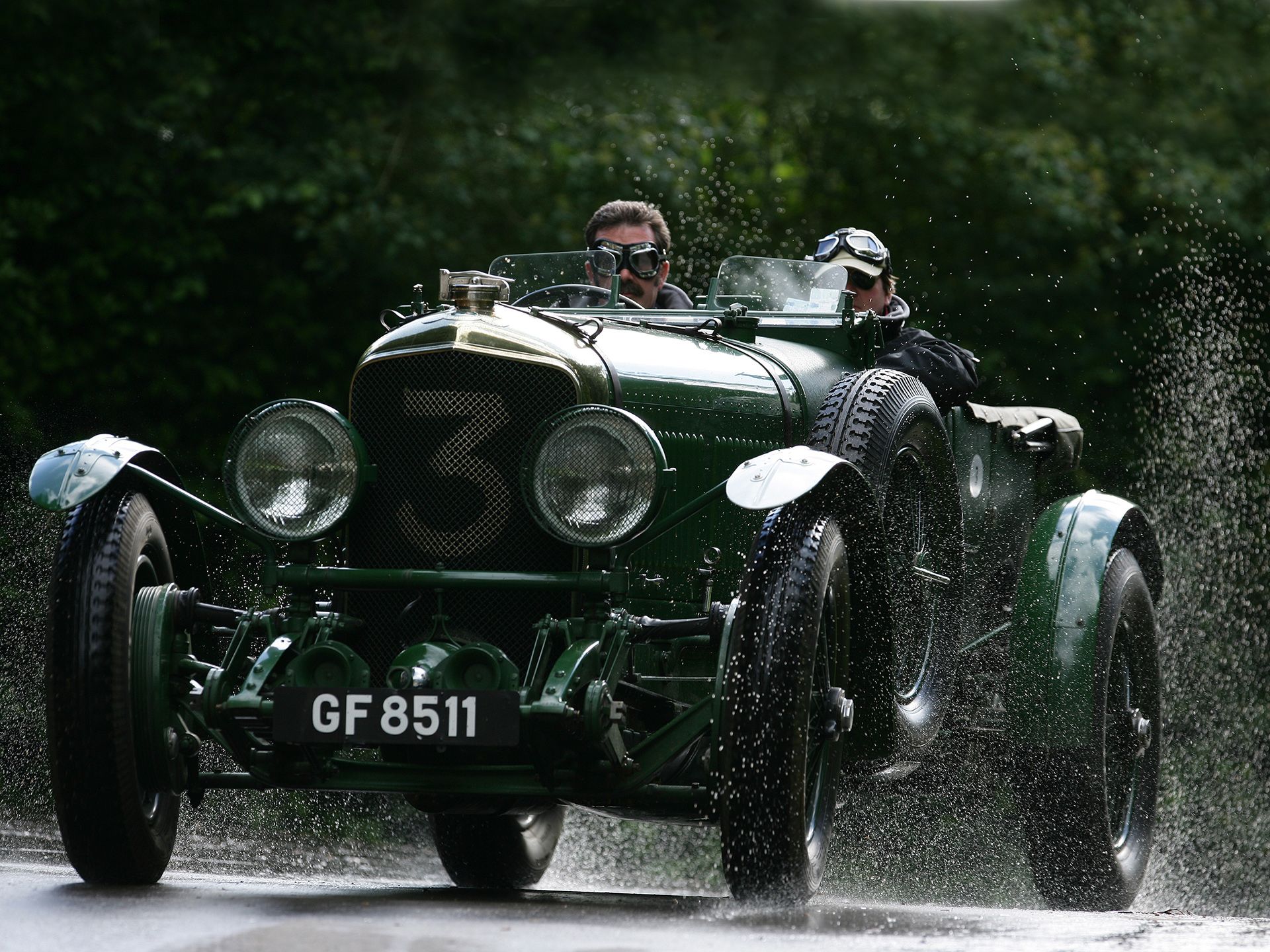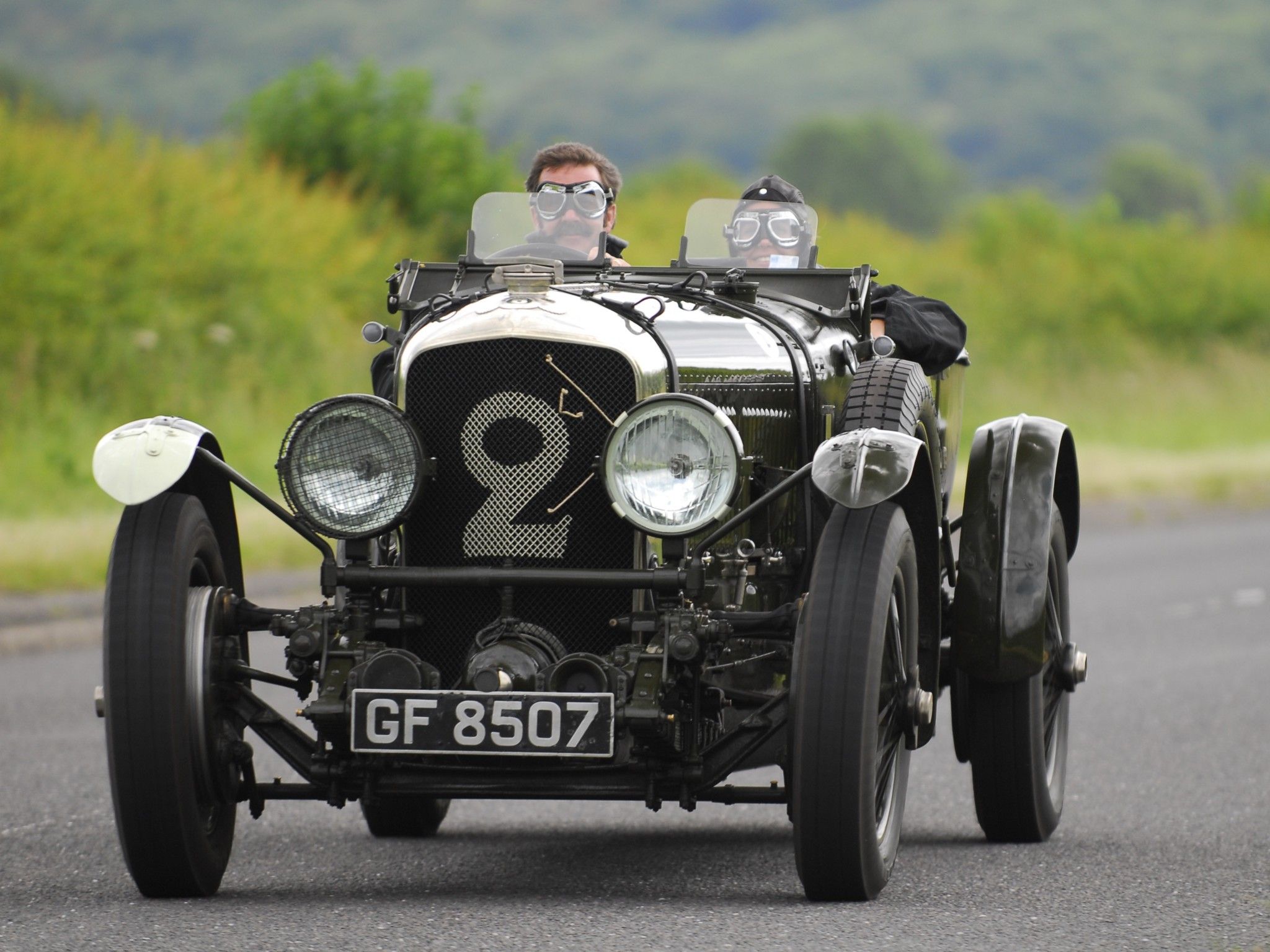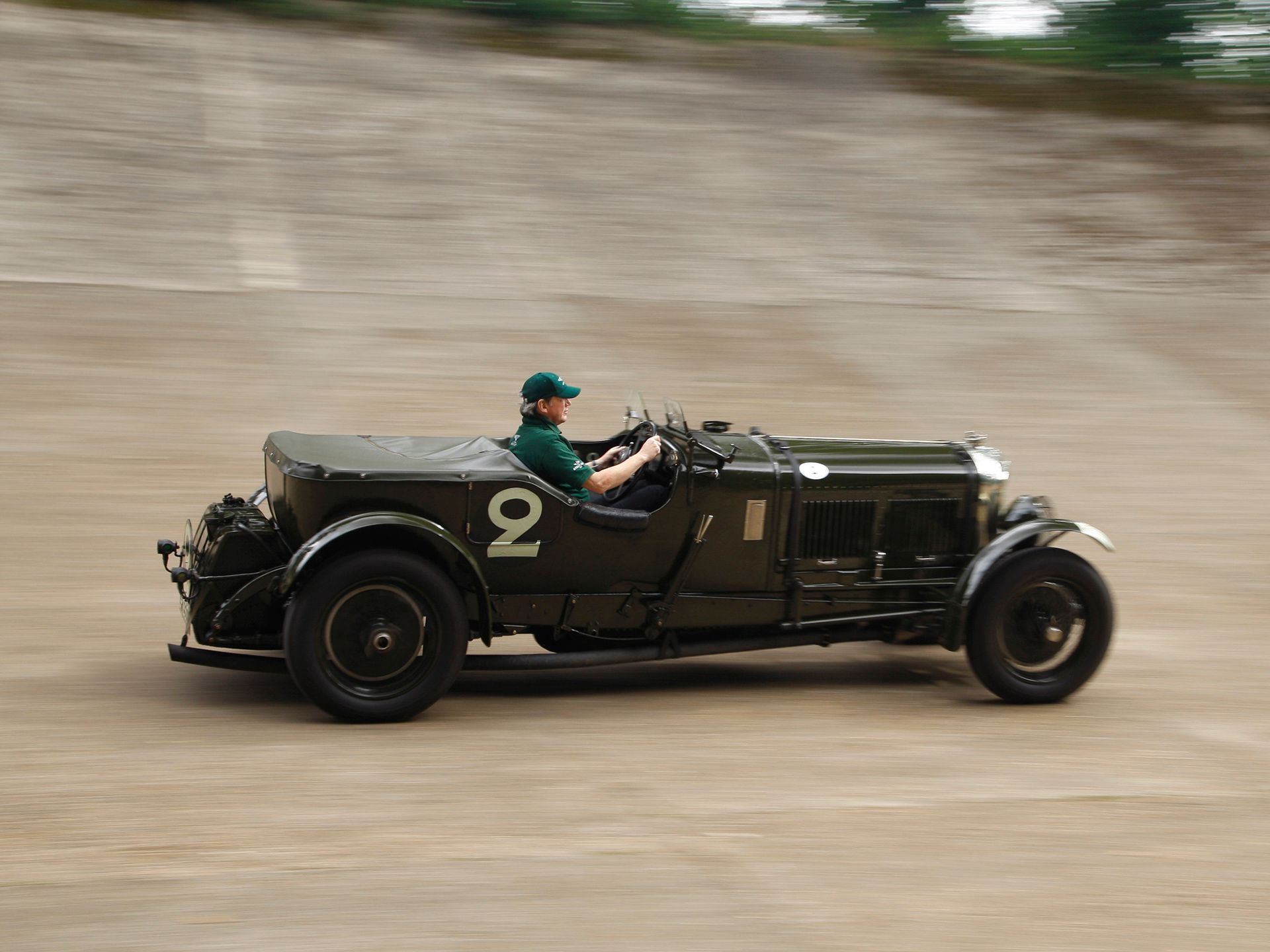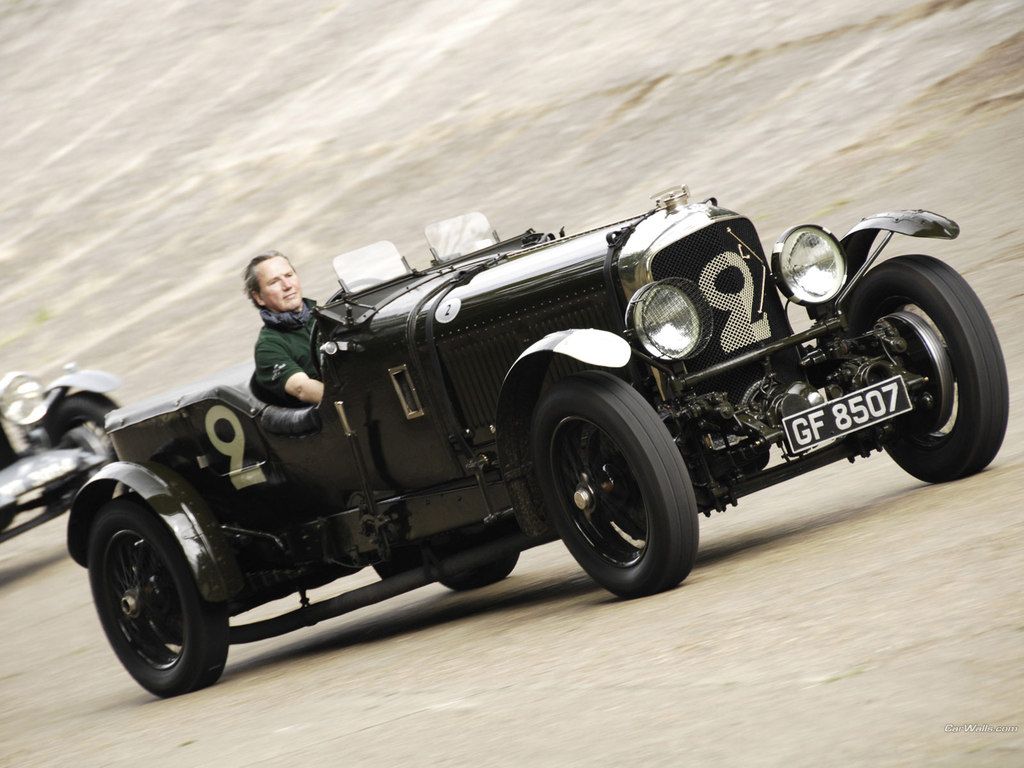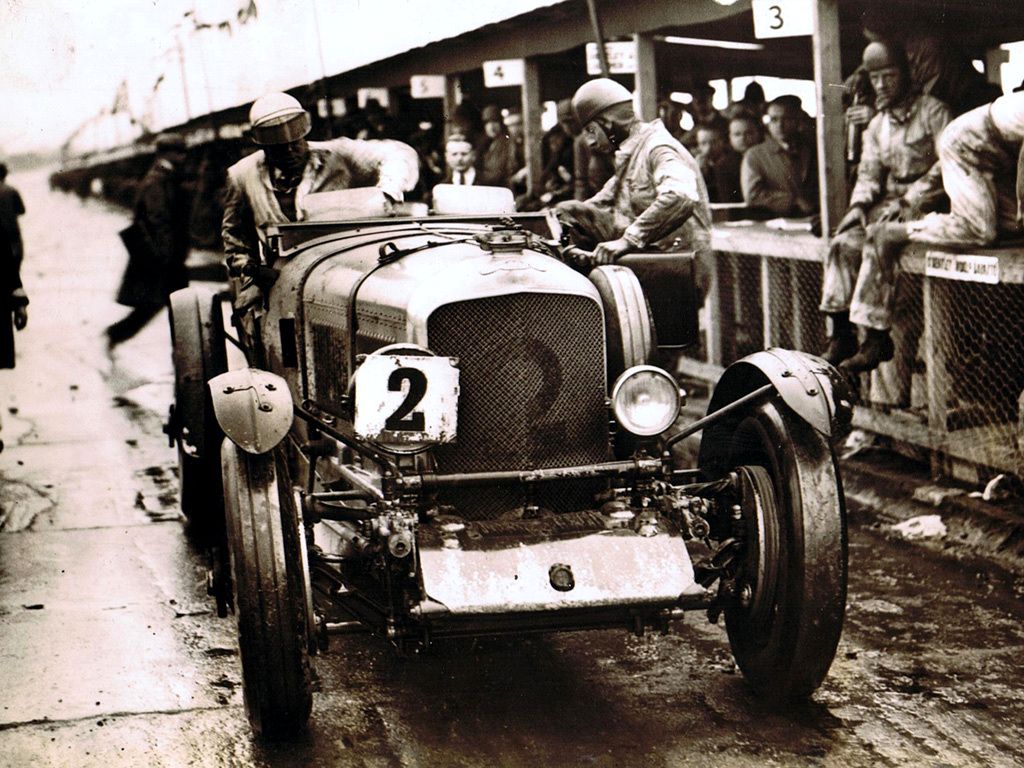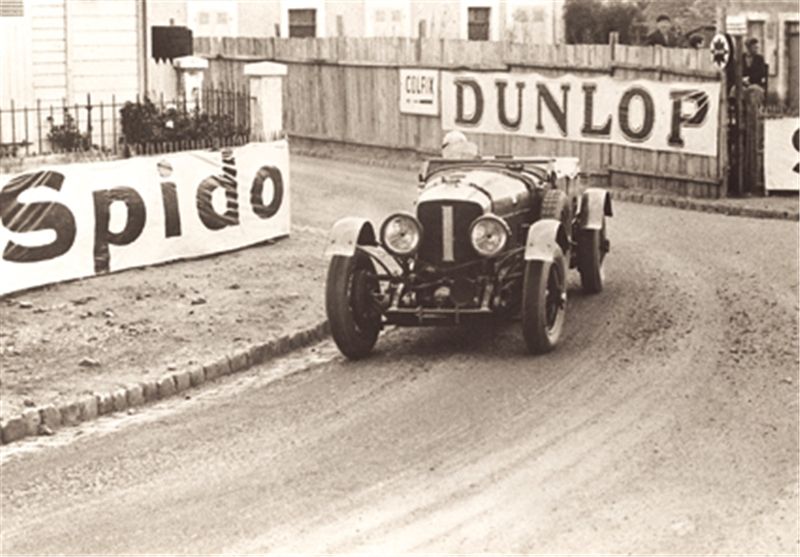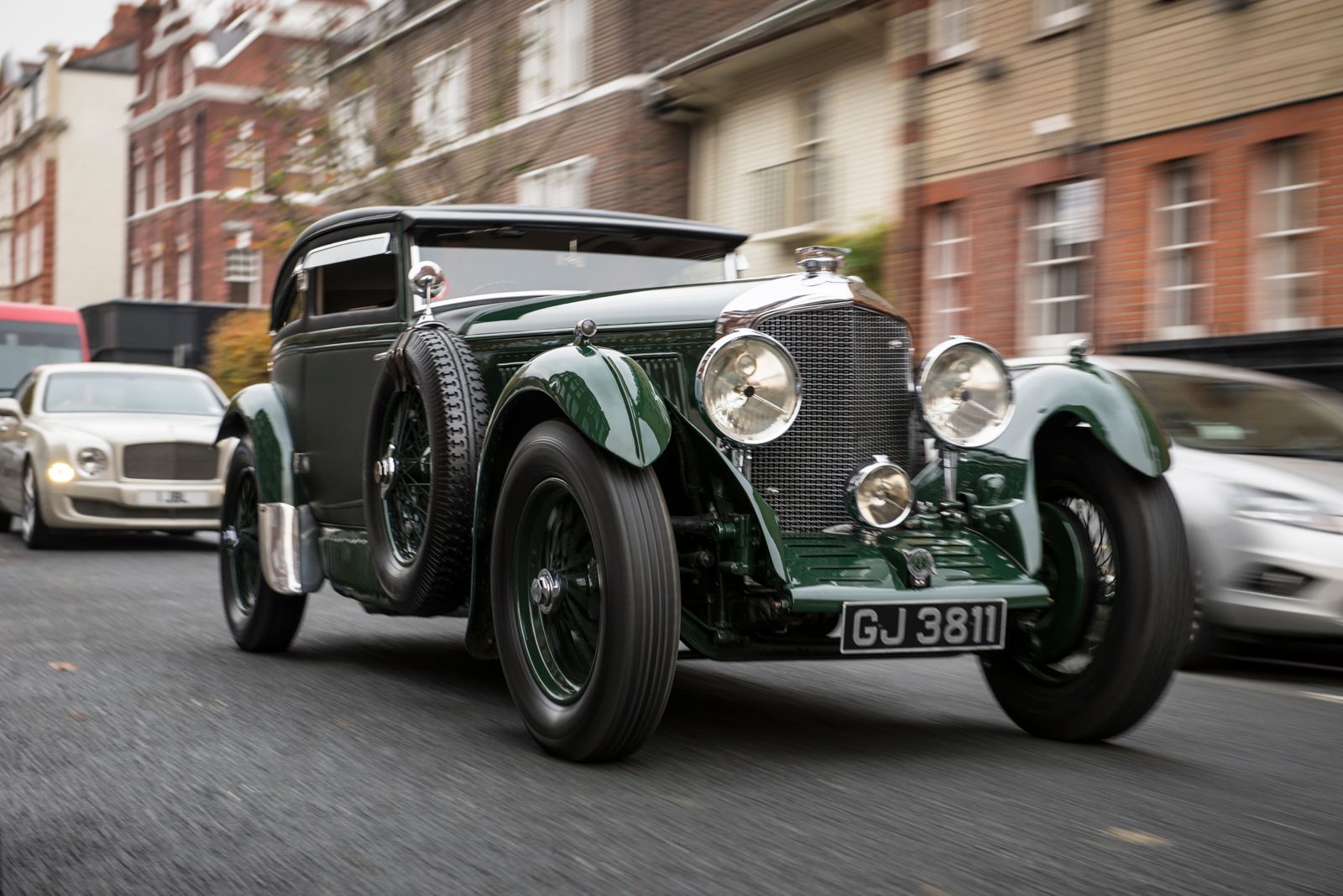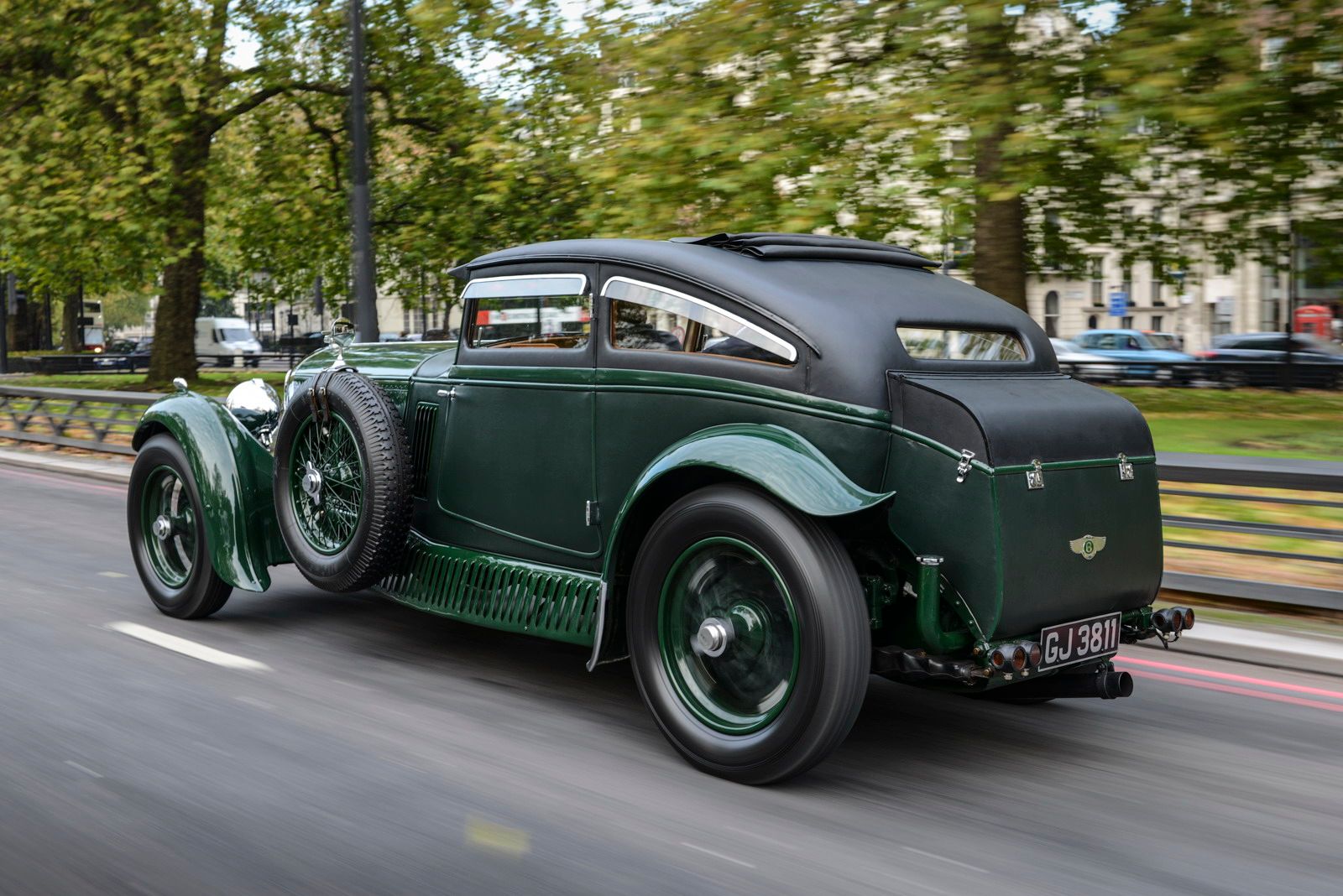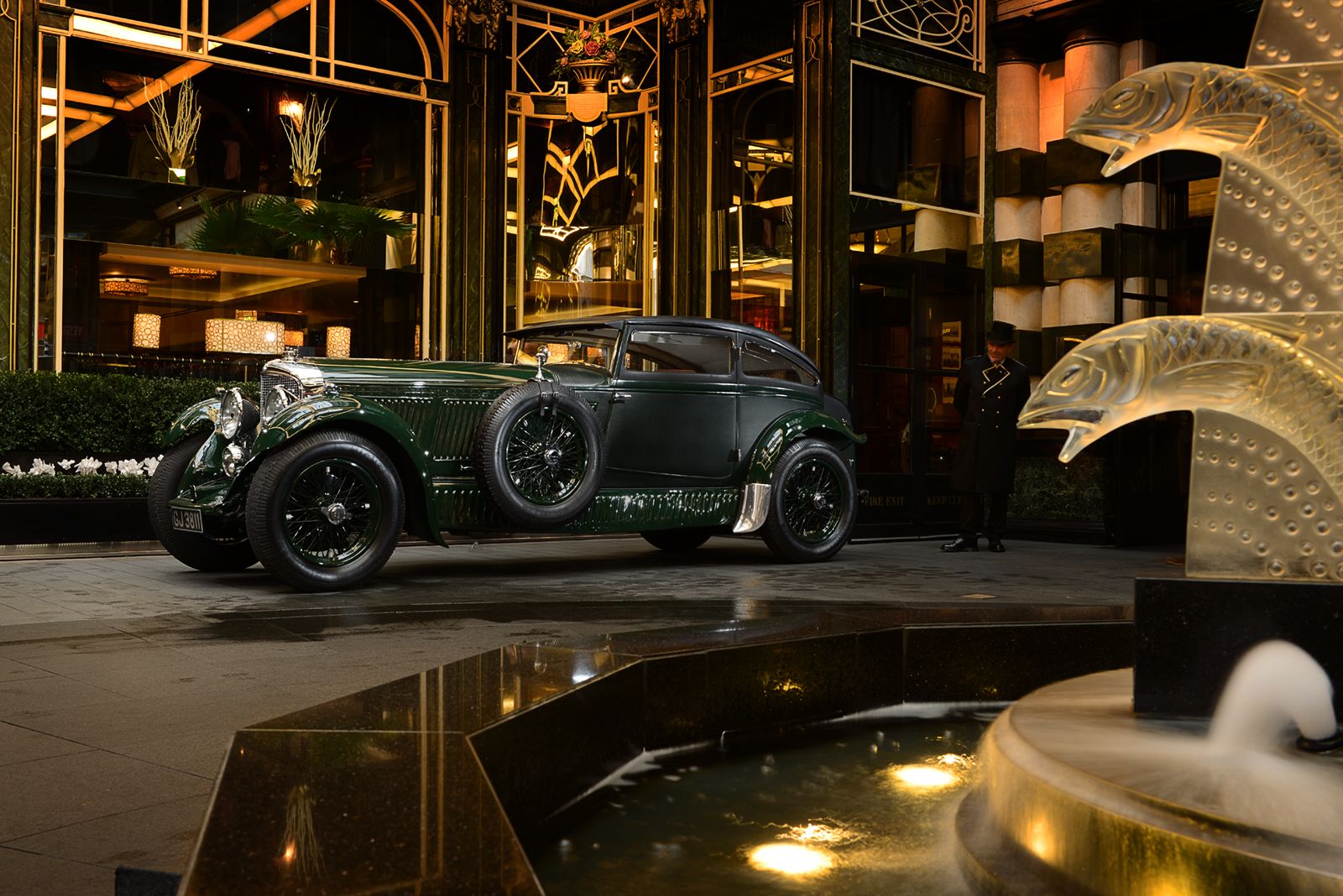Bentley’s->ke15 surprise unveiling of the EXP 10 Speed 6 concept in Geneva->ke228 was cool, but it made me think immediately of that car’s namesake. The first Bentley to carry the Speed Six name was one of the vehicles that helped to lay the groundwork for Bentley as we know it today.
The winged “B” badge graces a range of bespoke, handbuilt hyper-luxury->ke505 sport coupes->ke141 and sedans->ke142 today, but Bentley made its name back in the day with some serious balls-of-steel sports cars.->ke506 The Speed Six raced a freakin’ train, a crazy 570-mile race to settle a wager, and this was back when trains were the fastest way to get around Europe. When it comes to hard-core, Bentley is one of the original gangsters of the sports-car set -- right down to the controversy about whether the car everyone claims was involved is really the one that did it. I’m not sure they even give out this kind of street cred any more.
Continue reading to learn more about the Bentley Speed 6.
bentley-speed-6
- Make: Array
- Model: bentley-speed-6
1929 Bentley Speed 6
- Make: Array
- Model: 1929 Bentley Speed 6
- Horsepower: 180
- [do not use] Vehicle Model: Array
Okay, so wait, back up, let’s have a little bit of background. Bentley was always about going fast, and responded to customers' putting big heavy luxury bodies on his sporty chassis by making the cars more powerful. (At least one instance of W.O. Bentley himself racing a Rolls-Royce->ke74 prototype in an early 6 ½ Litre test car has been recorded.) The Speed Six, introduced in 1928 as a faster version of the famed 6 ½ Litre, featured Bentley's signature straight-six engine with advanced features for the time, including aluminum pistons, twin-spark ignition, a high-performance cam and a square-section intake manifold. The engine produced 180 bhp in top road-going form; the short-wheelbase racing version used higher compression and maxed out at 200 horses. The Speed Six was offered in three wheelbase lengths.
Between 1928 and 1930, about 182 were built. Because Bentleys at the time were sold as chassis, with the owner able to body the car however he or she saw fit, it's fair to say that no two Speed Sixes are completely the same. Coachbuilders like Park Ward, Hooper, Vanden Plas and H.J. Mulliner, among others, produced Speed Six bodies.
Which brings us to that legend-making wager. Bentley wasn’t the first car to beat the Blue Train, but it was by far the most flamboyant and the fastest. The short version is that upon hearing at a dinner party in March of 1930 that a Rover Light Six had beaten the famous Blue Train Express from the Côte d’Azur to Calais, Bentley’s chairman Woolf Barnato scoffed that beating the train was no special feat, and that he could easily do it with his Speed Six. Then, according to Bentley's historians, he wagered £200 on the matter. Did I mention that Barnato was not only the chairman of the company, but one of the famed “Bentley Boys’ race drivers, and that he’d personally won the 24 Hours of Le Mans->ke1591 in 1928 and 1929?
Barnato couldn't find anyone to take the bet, but he raced the train anyway. Joined by amateur golfer Dale Bourne, he left Cannes at 5:45pm the next day, as the Blue Train left the Cannes station. The Bentley encountered heavy rain, dense fog, a flat tire and a missed fuelling rendezvous, but still arrived in Calais at 10:30 the next morning. The Speed Six averaged just over 43mph over the entire distance, and considering the poor condition of the roads in 1930 that was quite an achievement. In fact, Barnato was so far ahead of the train that he continued on to London, shipping the car over on a packet steamer and parking outside the Conservative Club in St. James Street four minutes before the Blue Train arrived in Calais.
For this stunt, the French Motor Manufacturer's Association fined Bentley for racing on public roads, and disqualified the manufacturer from the 1930 Paris Salon. Odds are if you asked Barnato if it was worth it, he'd say it was.
Now do you see why Bentley brought the name back? The concept shown in Geneva would have more of an advantage nowadays, with modern roads. But maybe Bentley could be talked into racing something faster…like a bullet train in Japan, perhaps.
No, wait, don’t try to talk them into it. Make it a dare.
The original Blue Train Bentley is actually the source of some historical controversy. The car's been restored and shown for years: a handsome, low-roofed coupe. Barnato's Speed Six was built by Gurney Nutting and featured 2+1 seating with a fastback look that helped to inspire the modern Bentley Continental coupe. A purposeful look is enhanced by the wide body, lack of running boards, and close-coupled cockpit. Unlike the modern car, the Gurney Nutting Speed Six features a sideways-facing rear seat with a small wine cabinet and extravagant red leather inside.The "Blue Train" Speed Six, as it is known, features heavily in paintings of the race and was is documented as being one of Woolf Barnato's fleet of Bentleys.
But that's the thing: Barnato had a fleet of Bentleys, being the chairman and all. Some sleuthing by the Gurney Nutting car's current owner, Bruce McCaw, revealed that this particular Speed Six was actually built after the legendary race took place. So which car really beat the Blue Train? It's possible that nobody but the late Woolf Barnato knows for sure. The current most likely suspect is a Mulliner-bodied four-door Speed Six. McCaw owns this car as well. Mystery aside, the Gurney Nutting's unique bodywork is still known as the original "Blue Train" Bentley.
Drivetrain Specifications
|
Type |
Naturally aspirated petrol |
|
Cylinders |
Straight 6 |
|
Capacity |
6.6 liter |
|
Bore × Stroke |
100 × 140 mm |
|
Output |
180 HP @ 3500 RPM |
|
Top Speed |
84 MPH |
|

